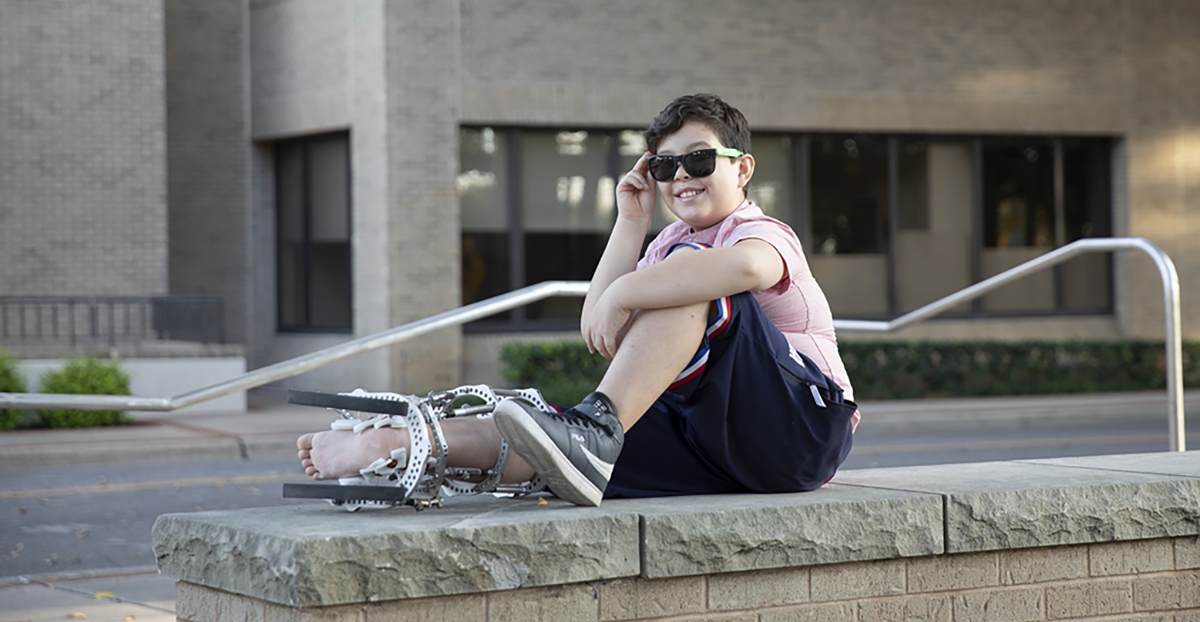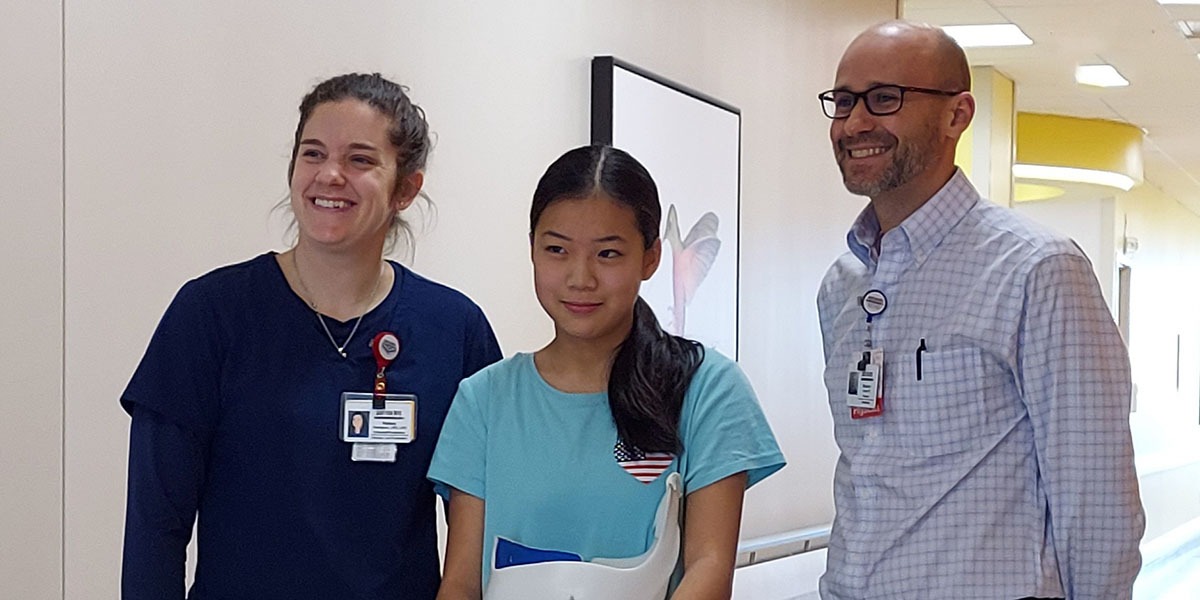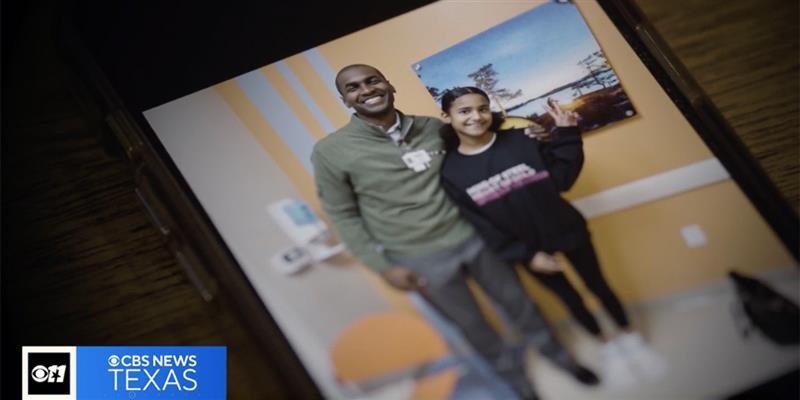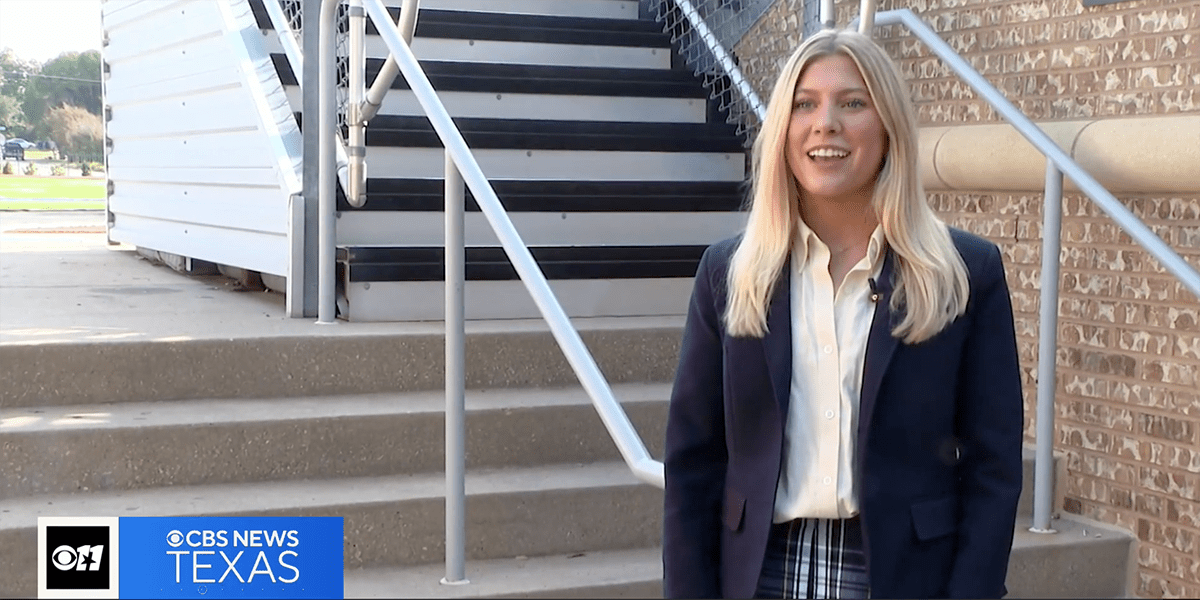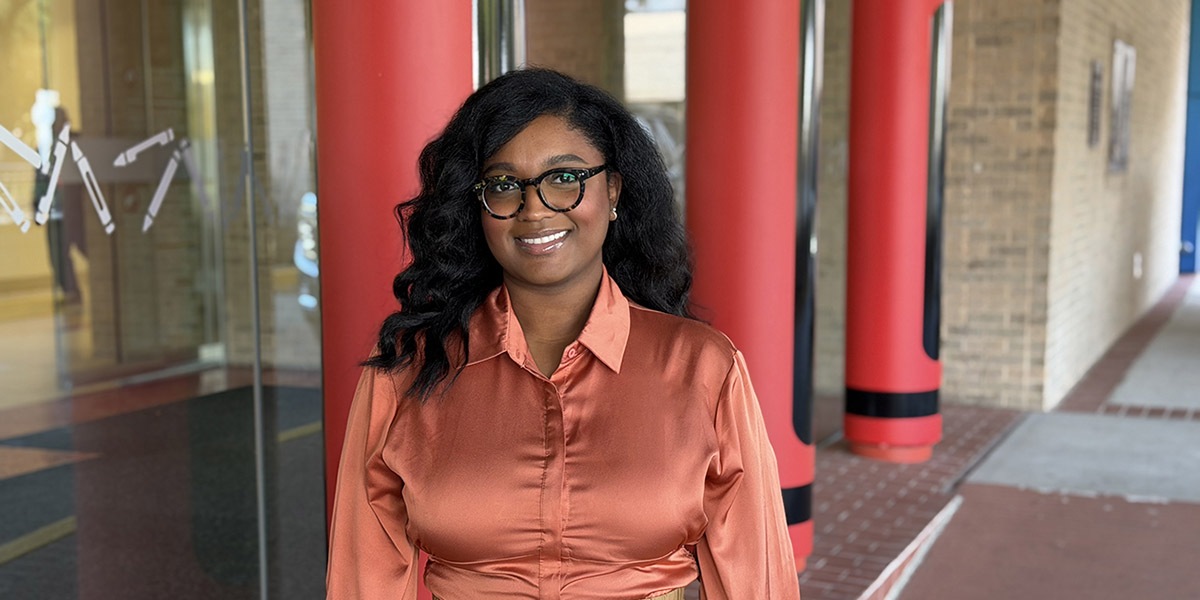At Scottish Rite for Children, the Center for Excellence in Limb Lengthening and Reconstruction includes a multidisciplinary team of experts who collaborate to determine the best treatment plan for each patient. We know there are a lot of questions if your child begins treatment for their limb length discrepancy. Below are the most commonly asked and the answers from our team.
Do I Have to Have Surgery?
If the difference between the lengths of your limbs is significant (more than 1 inch), surgery may help to prevent problems in the future. For small limb length differences (1-2 inches), sometimes a small surgery (an epiphysiodesis) that slows down the growth of the long leg and allows the shorter leg to grow and catch up is all that is needed. For bigger limb length differences, lengthening the short leg is needed. There are different techniques for lengthening a leg, including lengthening rods that are placed inside the bone or an external fixator, an advanced device developed at Scottish Rite for Children that is around your leg and attached to your bone. The type of device used is frequently determined by the cause of your leg length difference. The Limb Lengthening and Reconstruction team will explain the best technique for you. Both techniques lengthen the bone very slowly over several weeks.
How Does the Limb-Lengthening Device Work?
When using the lengthening rod, the doctors separate the bone in your shorter limb and insert the rod inside the bone. The rod will be secured to the bone at each end of the rod. After surgery, you will use a device that rests on your leg to activate the rod to slowly lengthen and separate the bone a little bit each day.
The external fixator, the TL Hex External Fixator System, has rods that are attached to each side of the separated bone. These rods are connected to rings attached to the outside of your limb. Every day, you will turn struts that connect the rings and cause the rings and the bone to slowly separate and lengthen. The frame will support your limb while the rods help the bone to grow.
Will Limb Lengthening Hurt?
During surgery, you’ll be under anesthesia, so you won’t feel a thing. Whether you use the lengthening rod inside the bone or the external fixator, there is soreness as the bone and muscles lengthen. Your doctor will be able to give you medication to minimize the pain. In addition, Scottish Rite for Children has pediatric psychologists who will teach you other ways to manage your pain.
How Long Will Lengthening Take?
The amount of time you will need to wear the frame will be determined by how much your limb needs to grow. Regardless of the technique, for most patients, it takes six to nine months from the time of surgery to the time you are back to running and jumping. Most of the bone lengthening actually takes place in the first few months. After that, it takes time for the bone to fully heal and for you to get your full strength back.
When Can I Return To My Normal Activities?
After you spend a little time healing from your surgery, getting back to as normal a routine as possible is really important. Lengthening your leg and doing your daily exercises becomes part of your regular day. You will go back to school and participate in many of your typical activities. If you have a lengthening rod, you will not be able to put all of your weight on the leg being lengthened and will have to use crutches until the bone is almost completely healed. If you have an external fixator, the frame will support your whole body weight and after a few weeks you won’t need crutches. While you are lengthening your leg, you will visit the doctor every week, but once the lengthening is completed, you will only need to visit monthly.


